World’s potentially biggest telescope discovers 13,000 new galaxies at 25% capacity
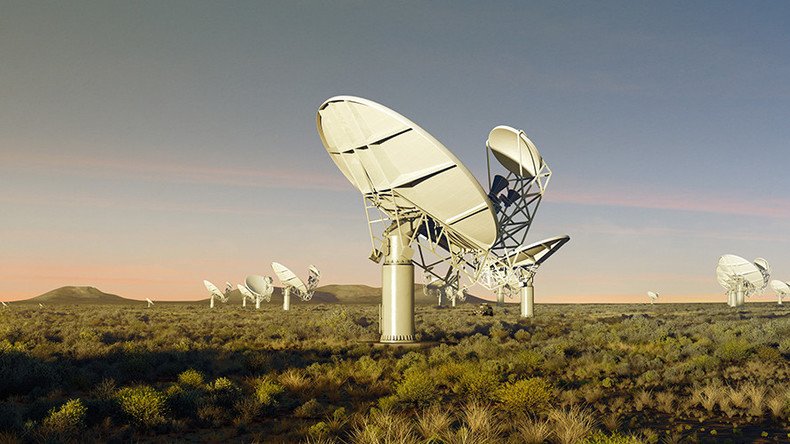
South Africa’s MeerKAT radio telescope has proven its potential, releasing its first images, which reveal some 1,300 galaxies in a far-off corner of the universe where only 70 were known to exist before.
“Based on the results being shown today, we are confident that after all 64 dishes are in place, MeerKAT will be the world’s leading telescope of its kind,” said Professor Justin Jonas, Chief Technologist at the Square Kilometre Array (SKA) project, which manages MeerKAT. SKA is an international effort to build the world’s largest and most precise radio telescope.
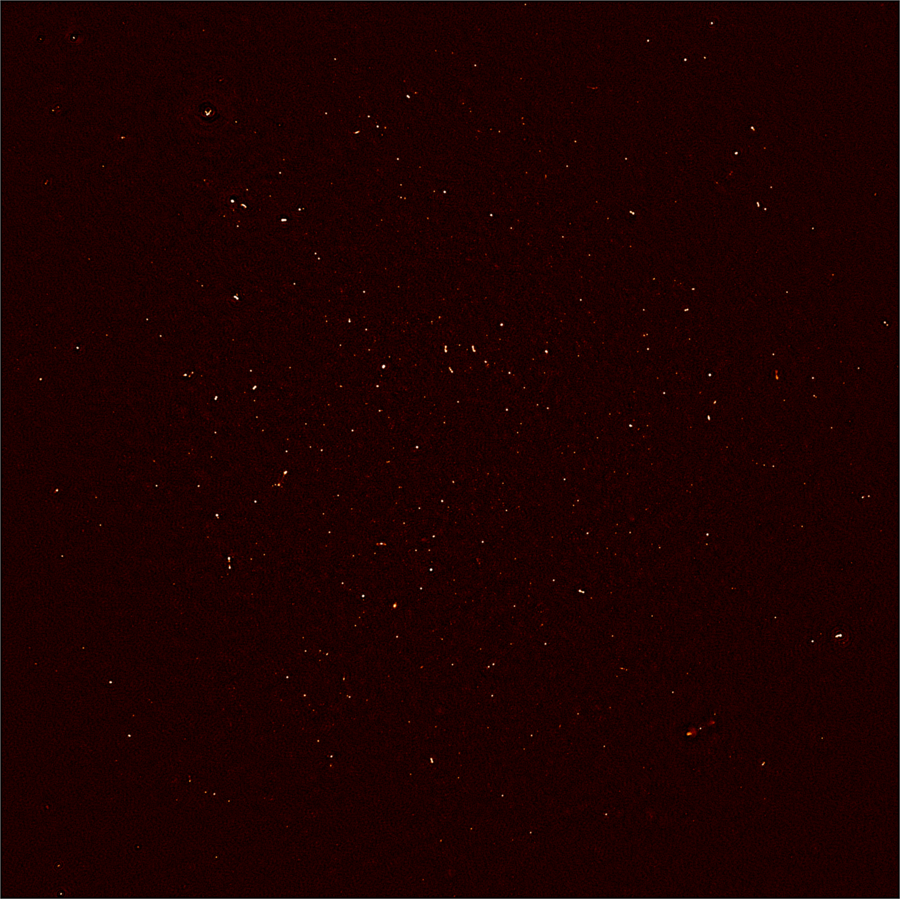
“This is very remarkable. We can learn many things about the universe and about how galaxies are formed and evolved by studying these kinds of images,” Dr. Fernando Camilo, SKA’s chief scientist, said in commenting on the launch of MeerKAT.
“In the years to come, MeerKAT will address many of the key open scientific questions of our age by discovering and studying thousands and millions of galaxies in the far off universe,” he pointed out. Camilo also noted that only 16 of the telescope’s dishes have been commissioned so far, just a quarter of its eventual capacity. Yet he said the images it captured are “far better than any of us could hope for.”
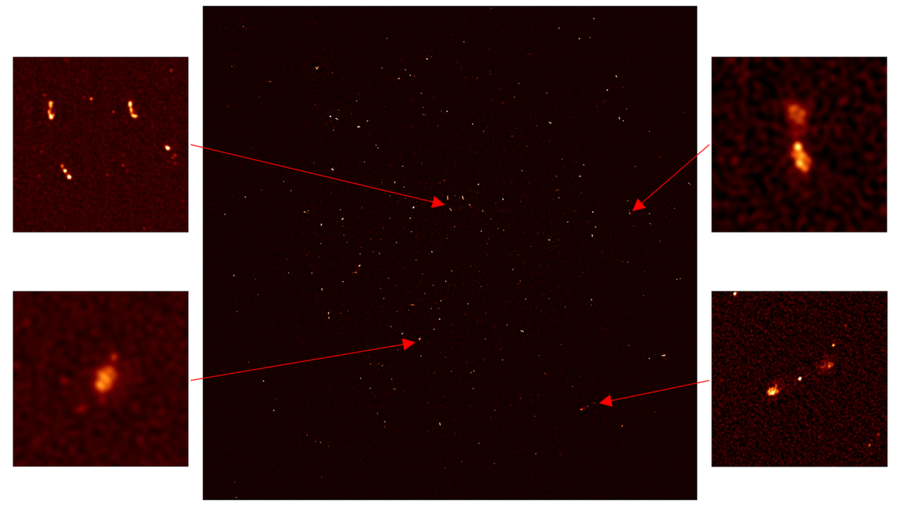
“[This] means that this telescope as is today, only one quarter of the way down [to its full contingent], is already the best radio telescope in the southern hemisphere,” Camilo said.
When fully operational, MeerKAT will consist of 64 dishes, or receptors, each equipped with an antenna with a 13.5-meter diameter, cryogenic coolers, and other electronics. Its commissioning is being conducted in phases to give researchers an opportunity to check the system, as well as to determine and solve technical issues as they appear, one at a time.
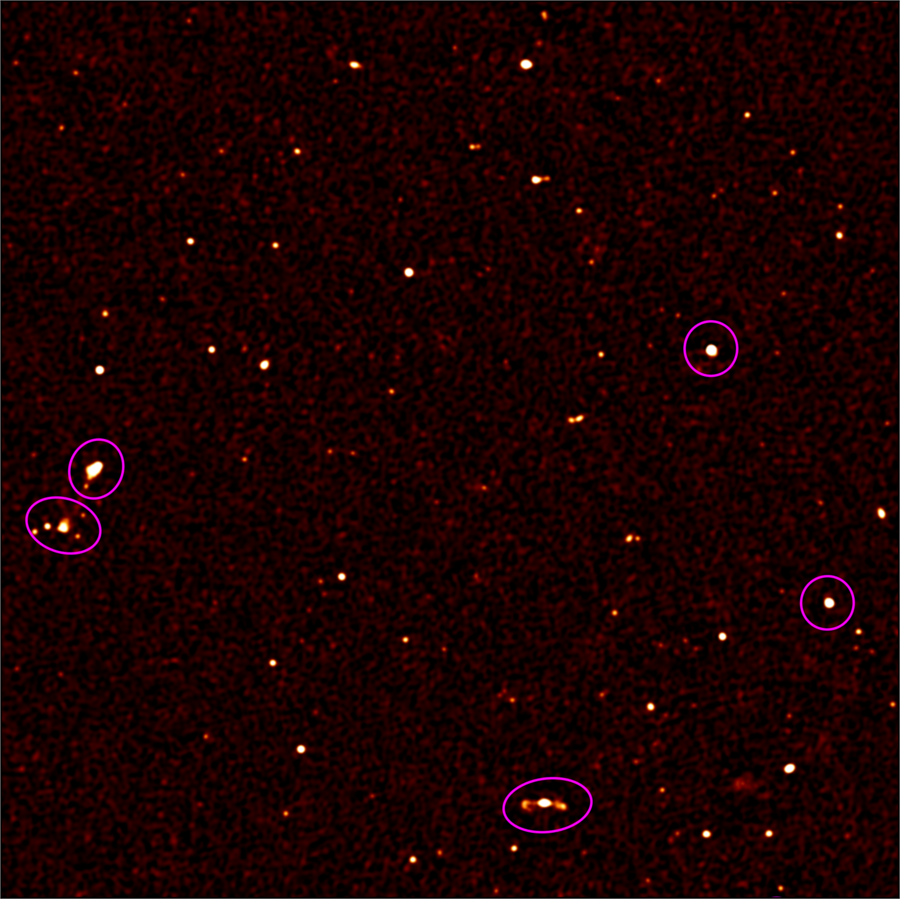
All dishes are expected to be in place and operational by late 2017. They will have a discovery potential “10,000 times greater than the most advanced modern instruments and will explore exploding stars, black holes, dark energy and traces of the universe’s origins some 14 billion years ago,” researchers claimed in a press release.
The MeerKAT project is mostly funded by the South African government, which has invested some three billion rands (US$205 million) in the telescope so far. South Africa’s minister of Science and Technology, Naledi Pandor, said this is “the first time that an African group of countries will host global science infrastructure of this character.”
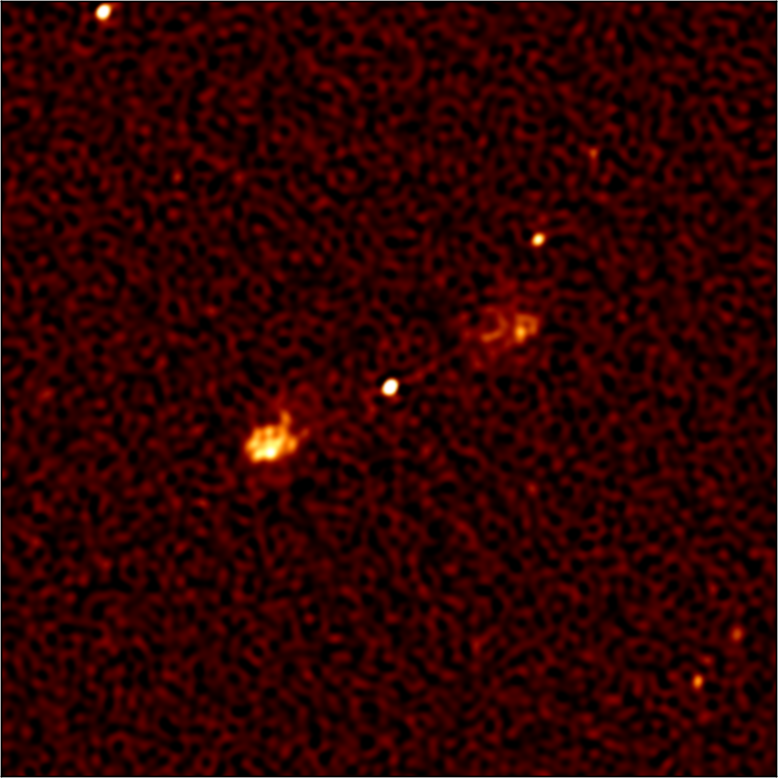
“It’s a first for us as Africa, and also it’s a first for the world, because the world hasn’t done this in Africa,” said the minister. “We are building a global infrastructure for the world.”
“We can now expect when the 64 dishes are in place next year, it will be the best telescope, not only in the southern hemisphere, but in the world,” Pandor added.
So far, about 500 scientific groups from some 45 countries have booked slots to use the MeerKAT through 2022.
“What this [telescope] will do is bring to South African and world astronomers the most astonishing and profoundly powerful instrument ever used before in radio astronomy,” SKA South Africa project director Rob Adam told AFP.
MeerKAT will be one of the main clusters of SKA, the most sensitive radio telescope in the world, comprising an entire forest of some 3,000 dishes that will be spread over an area of one square kilometer around several countries. Set to be put into operation in the 2020s, it will allow scientists to achieve an unprecedented level of detailed space exploration. Over 20 countries are members of the SKA project, which has its headquarters in the UK.












